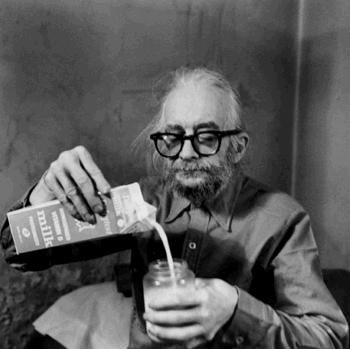“Many people have observed that truth is stranger than fiction. This has led some intellectuals to conclude that it's stranger than non-fiction as well.” - Brad Holland
Often times the evidence used to substantiate a work of fictional writing is the same as that which is used to substantiate a work of non-fictional writing, though we do not often recognize it. In creating a work of fiction we use the same skills of deduction and observation as we do in creating a work of non-fiction. The best forms of creative writing use the elemental truths that are universally discernible. Good non-fiction writing utilizes the same faculties. Readers should be able to identify with a strong sense of logic or emotion or believability in any form of composition. Generally the difference between these two camps of writing stems from the requirement, or lack thereof, to cite the sources of information and inspiration that catalyze the work. Even for some forms of non-fiction citing sources becomes unnecessary. Reflexive and personal writing, for example, do not face the same level of criticism, with regard to legitimacy, as academic and scholarly writing. If a work is personal or reflexive, the most important audience is obviously the writer, who mostly likely doesn't mistrust his own judgment or memory. However, this is not always the case. Conversely, some creative forms of writing require adequate citations. Creative non-fiction, such as Truman Capote's revolutionary work In Cold Blood, falls into this category. For these types of writing, journals, news organizations, encyclopedias, and reputable sources normally lend compositions some measure of merit. Ultimately, anything that propels an author or poet to set pen to paper, or finger to key, falls under the category as evidence. It seems strange to me that some sources for such work are considered more acceptable than others, when everything that is or could be derives from the same place: the mind. It is up to the audience to connect to a work and give it the popularity and appreciation that owes to a certain air of timelessness.

No comments:
Post a Comment